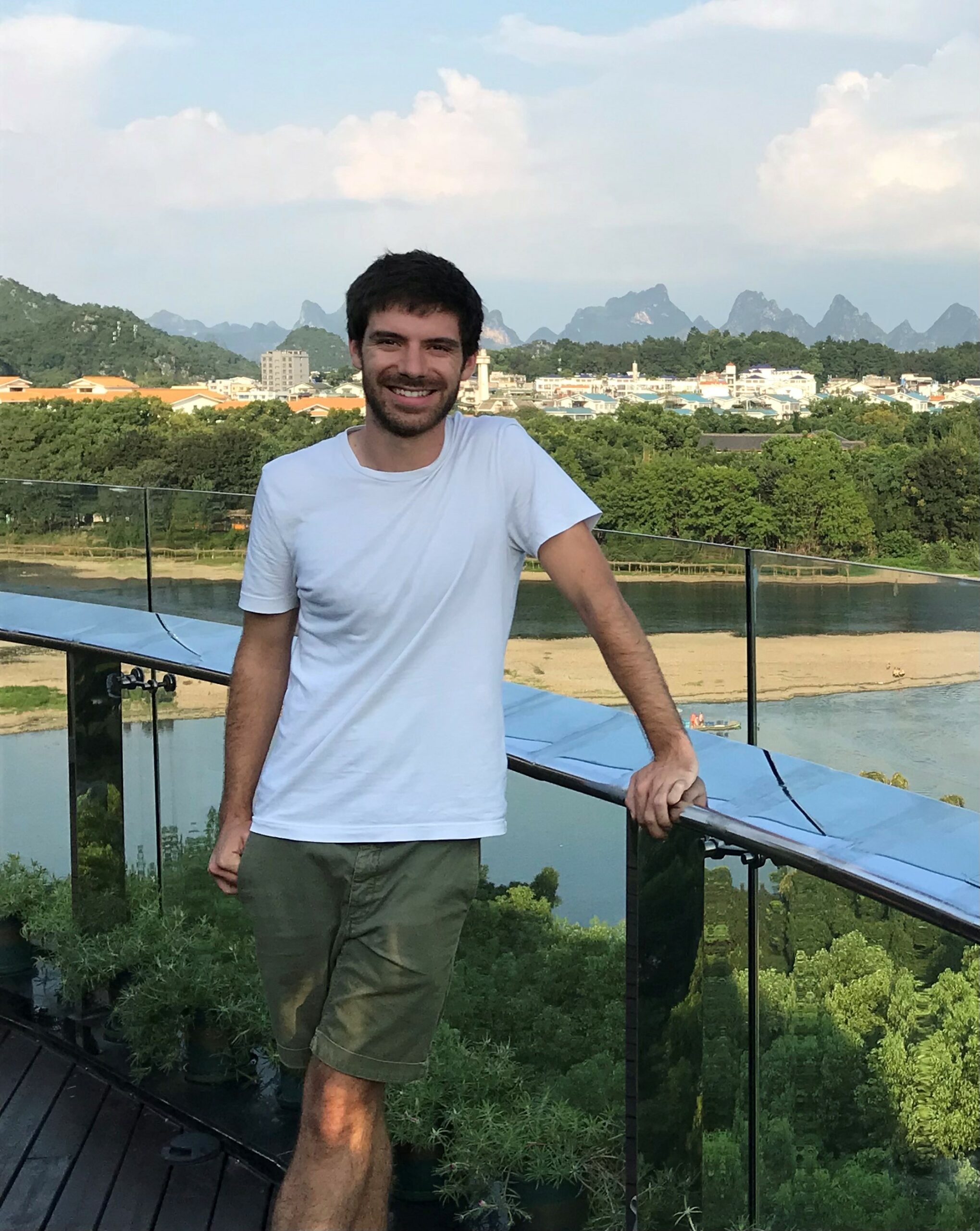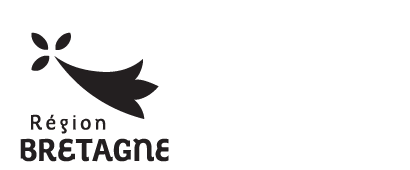Alexandre Puyguiraud, geoscientist, working on fluid mechanisms at the very small scale

Alexandre Puyguiraud is a French researcher in geosciences. He has begun his project “PanoramX” at the Géosciences Rennes laboratory – Université de Rennes 1.
[Team BIENVENÜE] Hi Alexandre, can you tell us a bit more about your bakcground?
Alexandre Puyguiraud: I came with an untypical way to geosciences. I firstly studied fundamental mathematics. During my master’s degree, I realized that I wanted to do more applied things. It materialized by a master internship on hydrogeology at the Géosciences Montpellier lab. I worked on underground fluids flows in porous rocks.
During a seminar in Spain, I met my future thesis supervisor, who was very interested in my background in mathematics. I did my thesis and my first post-doc in his laboratory, at CSIC in Barcelona (Spain). My work concerned simulation and modeling of flow and transport of fluids at the pore scale, around 1mm. The main goal is, based on information obtained from the small scale, to predict flow on long distances.
Why it is important to study the mechanisms at such a small scale?
What is happening at this scale is not very visible, not as spectacular as flood or volcanoes, but very important for geosciences. Rocks, like synthetic materials, have different geometrical structures, which are going to impact the way fluids are flowing inside them. Water, of a chemical product, will disperse or mix with other fluids differently according to the rock type and its internal structure.
A better undertanding of these mecanisms is important for example to evaluate the impacts of the underground pollution. In the industry, this will also help optimize the structure of materials used to roduce chemical reations in batteries, making them more efficient.
How was born the PanoramX project?
During a conference, I met Tanguy Le Borgne and Joris Heyman. There was a mutual interest in each other’s work, and we thought we would collaborate and publish together. Then, I wanted to move, but not necessarily come to France. This is when I heard about the BIENVENÜE programme and decided it was the opportunity to concretize our ideas in one project : PanoramX!
I will investigate the impact of the rock structure on water and chemicals flows by using two approaches. On one hand, I will use numerical simulations and modelling, my main strength, and on the other hand I will make lab experiments, which is more my supervisors’ strength. These approaches are complementary. Numerical modelling allows me tout see everything, to have data about everything at every time. But this is very expensive, and supercomputers are not powerful enough to investigate on large samples. In the lab, we don’t have this technical limit and can use larger samples. However, it is more difficult to see everything.
On the long-term, our goal is to draw from natural structures to optimize synthetic material for various industrial and environmental applications.
You have planned collaborations with industrials and international actors.
I will work with the entreprise Itsaca on a certain type of rocks, widespread in the nature, call “fractured rocks”. They will bring samples and experience for this type of rock. I will also also collaborate with HephaPrint (specialist of 3D printing) to prepare my lab experimentations. I need to replicate and scale up with 3D printing 1mm samples to a larger scale – centimeters. Some structures are not that straightforward to replicate.
On the academic side, I planned a three months secondment in Australia with Professor Daniel Lester. He is a specialist of specific behaviours of mixing fluids, called chaotic mixing. During my project, I will also be in contact with my former colleagues and continue these collobaorations (such as in Europe and in the US).
What does motivate you in your research?
Lots of things. Make new discoveries on a subject I am interested in, and exploring new problems beyond them. Also, I appreciate to work in a team where everyone is putting their expertise on the table to go forward. This is the feeling of advancing science – within reach.
Do you have a recommendation to curious minds?
I would like to share two videos showing how researchers in my field are working.
First, there is this numerical modelling by a group from Louisiana State University (USA). It is showing rock structure at this small scale, and how complex fluids flows can be within the sample.
Second, there is this experience by my supervisor Joris Heyman showing the deformation of a fluid due to the particular structure of the sample. This could be the experimental equivalent of the first video.
Photo: Alexandre Puyguiraud
